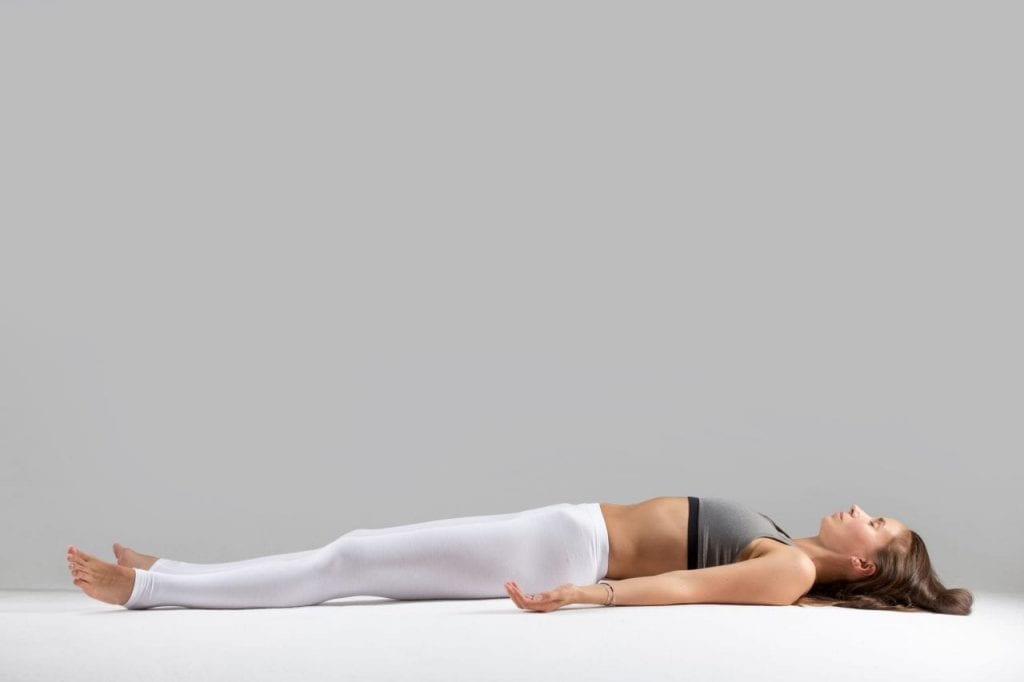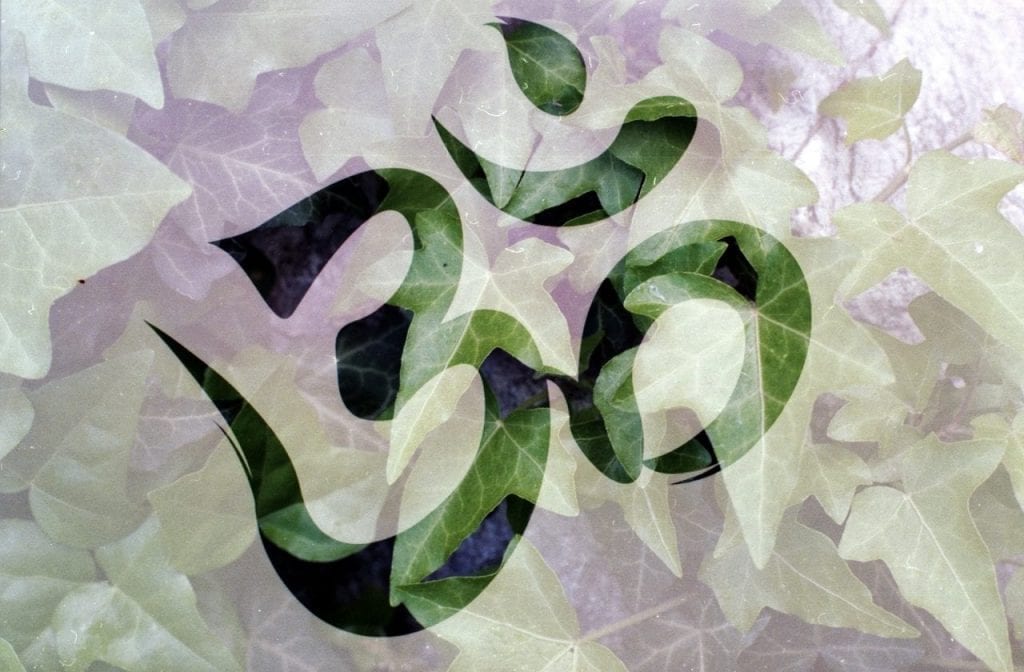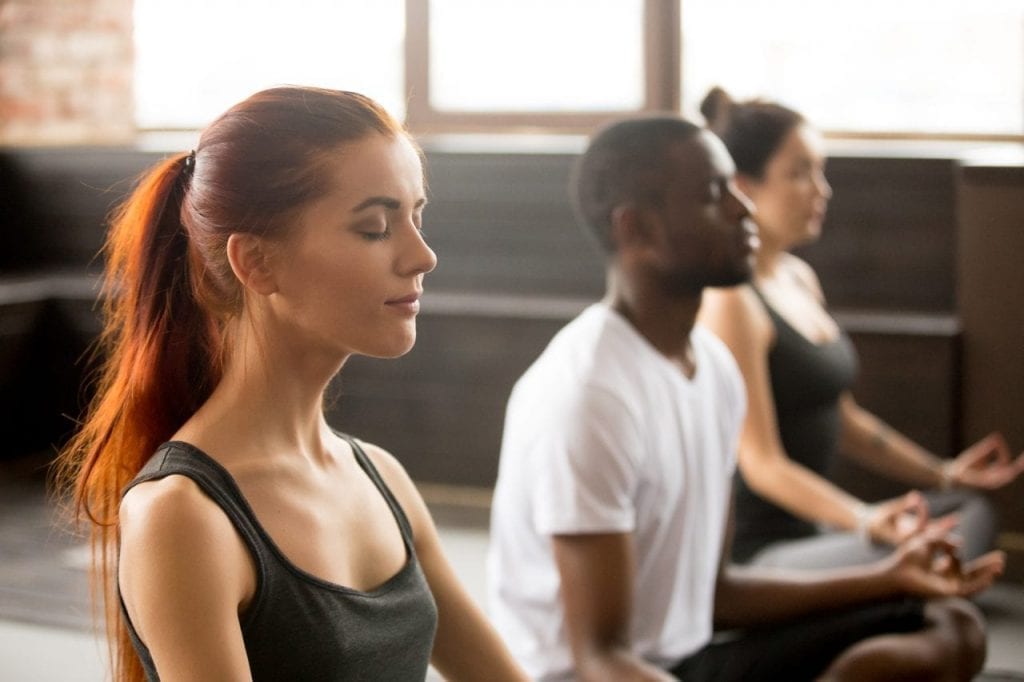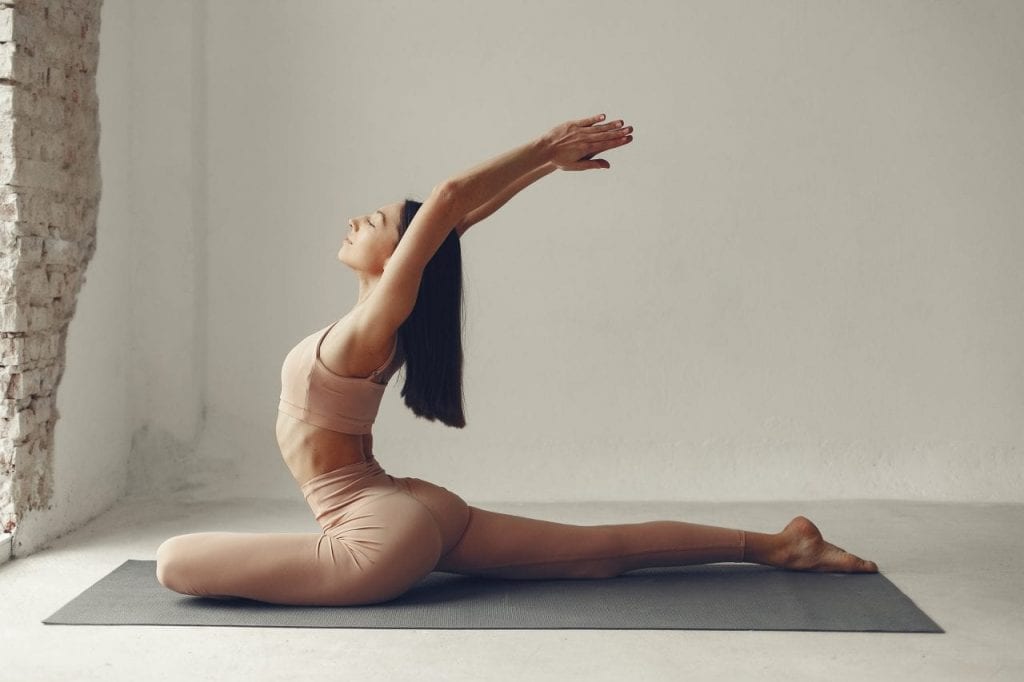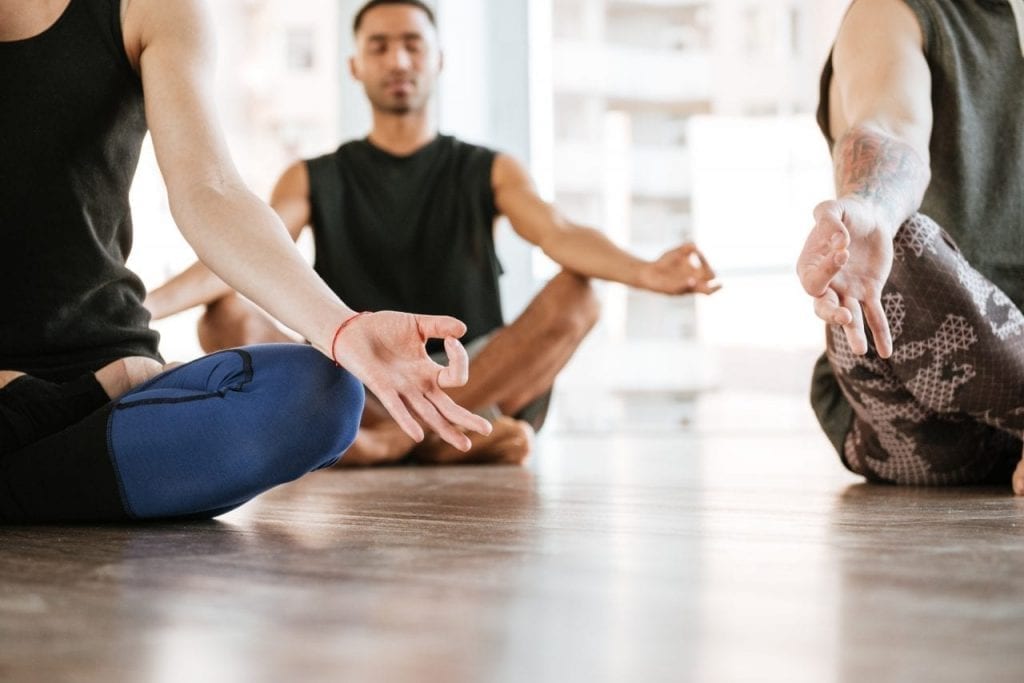Power Yoga was founded by Beryl Bender Birch and Bryan Kest in the late 1980s as an Ashtanga yoga practice that is an intense workout. Nowadays is a term used to describe many vigorous vinyasa styles.
It is a vinyasa exercise focused on fitness. Ashtanga Yoga offshoot provides many of the same benefits and qualities like improved agility, strength, flexibility, and a decrease in stress. Teachers create their sequences as students simultaneously breathe following their movements (1).
Power Yoga classes are usually very active, energetic, and fun. They emphasize standing postures to get your heart pumping (2).
A little history of Power Yoga
Power Yoga became widely popular during the mid-1990s after two American yoga instructors who had studied with Ashtanga guru Sri K. Pattabhi Jois began to teach what they thought was easier for Western students to enjoy. They decided to leave the rigid Ashtanga sequence, which constitutes a set of poses that are always done in the same order.
Second generation Ashtanga students, Bryan Kest in Los Angeles and Beryl Bender Birch, in New York, were credited for simultaneously inventing Power Yoga.
Kest learned from the yoga guru David Williams, and Bender from Norman Allen. Among Jois’ first western students were Williams and Allen. Kest studied in Mysore India, with Jois, and Bender worked with Jois when he visited the United States in the 1980s (3).
If you hear Beryl and Bryan talking and reading what they have written, it is clear that they have a very intimate understanding of the philosophy of yoga (4).
Yoga is all about concentration, and transformation and Power Yoga creates a high level of energy, freedom, concentration, and vitality, but you should always work within your boundaries, to create natural growth and expansion. Not by pushing your limits. The environment that is created in the classes has a sense of healing and respects each individual.
All the classes can be different because the practice gives the teacher the freedom to teach the postures they want in the order they consider better. It is perceived as a work out due to the incorporation of athleticism of the Ashtanga, with the poses of vinyasas.
What are the health benefits of Power Yoga?
It is said to improve elasticity, posture, increase stamina, concentration, and you will burn a lot of calories. Like any other physical activity, it helps relieve tension, and toxins when you sweat (6,7).
Things to know about Power Yoga
You will find:
- An energetic class.
- Very active movements.
- Loud music.
- A hot and sweaty classroom.
Keep in mind your intentions for joining this practice because:
- The thoughts and actions you take to any yoga mat are important.
- It is okay if you want to start the practice to improve your body.
- Look for more, by concentrating on yourself, it might surprise you.
Keep away from Power Yoga if:
- You are pregnant.
- You have any type of chronic disease, like arthritis, diabetes, asthma, etc.
- You are not fit.
Power Yoga is an intensive workout, not for everyone, due to its high demand for energy and strength. If you have any concerns about teachers’ whether or not you can practice this type of Yoga consult it with your doctor.
5 Poses to access the power of imperfection
Imperfections are part of us, these 5 poses will help you discover yours, and reveal the wisdom and fun of not being perfect. Remember you can do them as a sequence or individually is up to you. Enjoy (8).
Handstand (Adho Mukha Vrksasana)
Inversions always make you loosen up and have some fun, forget about being an adult and practice while you play.
- Walk your feet halfway up your mat and come into a short Downward-Facing Dog.
- Lift your gaze between your hands, shift your shoulders over your wrists, and lift your right leg high.
- Bend your standing leg slightly, exhale, and hop up.
- You can keep your heels up to a wall or try to catch some air out in the open.
- Hold for 5–10 breaths, and enjoy.
Child’s Pose (Balasana)
Resting in Child’s Pose, can make you feel at ease, and enjoy the moment.
- Bring your big toes to touch at the back of your mat and spread your knees as wide as the ends of your mat.
- Drop your hips back to your heels, reach your arms forward, spread your fingers, and anchor your knuckles into the mat.
- Put your forehead in the ground, drop the weight of your head, and allow your shoulders to soften.
- Stay here for 5 breaths or as much as you want.
Boat Pose (Paripurna Navasana)
It will be hard to find your balance, but it will help you strengthen your core.
- Sit up straight, lift your legs off the ground, and balance on your seat.
- Grab your hands behind your knees and lift your heels to knee level or extend your heels toward the ceiling.
- Activate your feet, pressing the inner arches together and spreading your toes.
- Extend your hands forward and spread your fingers open. Draw your upper arm bones back, open across your chest, and lift your heart high. Enjoy 5–10 breaths here.
Lord of the Dance (Natarajasana)
Set your eye on one point, you will learn to balance, and be stable.
- Come to a standing position. Anchor into your standing foot and press down into all four corners.
- Bend your other knee and grab the inner arch of your other foot with your hand, thumb facing up, and shoulder open.
- Bring your opposite arm to the ceiling.
- Tilt your lumbar down toward the floor and lift your low belly up and in to stabilize at your core.
- Hug both knees toward your centerline, and with your inhale, kick your lifted shin behind you.
- As you lift and power up your pose, create a balance of effort and ease.
- Stay still for 5–10 breaths.
Fire Log Pose (Agnistambhasana)
Hip opening poses allow us to embrace things only as they are right now. When you stand and relax during deep opening hips, you can be sure that during extreme situations all will be good.
- Stack your shins on top of one another and flex your feet.
- Lift your heart high as you inhale and broaden your chest.
- As you exhale, joint at your hips and fold forward.
- Rest your forearms to the ground or a block.
- Stay still for 10 full breaths.
Recommended power sequence for weight loss
Power Yoga brings the traditional poses of yoga to a more active and energetic level, they are done quicker, and stronger, while coordinating your breath. This practice is taught according to the teachers experience and the students’ demands, there is no structure, or specific sequence, the main purpose of Power Yoga is to build muscle, flexibility, and strength while looking within.
Listed below there is a Power Yoga sequence that you can try to lose weight:
Warm-UP
Like any other exercise, you need to start warming up and stretching
Neck Rotation and Massage
- Stand with your feet together at the end of your mat and take a few deep breaths.
- Begin the neck movements with your breathing to open up the shoulders and the neck muscles.
- Do this clockwise and anticlockwise breath 2 to 3 times. Stretch slowly and make sure the movement is not shaky.
- Keep your back straight while doing this stretch.
- Rotate your neck and Massage.
Overhead Shoulder Stretch Pose
- From neck rotation, stretch your arms above your head and exhale.
- Flex the right arm pushing the elbow from behind your head in Overhead Shoulder Stretch Pose.
- Stay still for about 2 breaths.
- Release and switch to the left arm and push the elbow behind with every exhalation.
- Stretching like this will help you open the shoulder as well as the arms, it will facilitate the practice of other poses in the sequence.
Shoulder Stretch Hands Behind Back Interlaced Fingers
- From the Overhead Shoulder Stretch Pose, interlock your fingers bringing the arms behind you, pull the arms downwards, and simultaneously take a few breaths here.
- Take a deep breath and raise the arms behind and above as much as you can. The breath will help you improve your flexibility.
- Do this stretch slowly, and make sure your wrists and elbows don’t feel uncomfortable.
- Keep the back and the spine straight, and make sure your shoulders don’t droop.
Hands Bound Rising Locust Pose (Baddha Hasta Utthita Stiti Salabhasana)
- With the arms stretched behind with interlocked fingers, exhale and stretch them deeper downwards while keeping them close to your body.
- Throw your neck back in a backbend while your chest is facing the sky or the ceiling.
- Stay still in Hands Bound Rising Locust Pose for 2-3 breaths and tighten the chest and the belly.
Palm Tree Pose Side Bend (Parsva Bhanga)
- From the pose of Baddha Hasta Utthita Stiti Salabhasana, release and bring the arms over your head while interlocking your fingers.
- Stretch upwards and as you exhale go sideways keep your spine straight in Palm Tree Pose Side Bend.
- Stay still in this stretch for about 2 breaths on each side and feel the stretch around your lower side back and at your side shoulders.
Standing Wind Release Pose
- Release and stand in a simple pose. Inhale and bring up the left leg while bending the knee and bring your left knee close to your chest and balance your body standing in Standing Wind Release Pose.
- Stay still for about 2 breaths and release, switch legs, and do it again.
- This pose helps you open the leg muscles while reducing the stiffness around your ankles, calves, and hamstrings.
Standing Quad Stretch Pose
- From Tadasana Pavanmuktasana, release and stand in simple Tadasana.
- Take a deep breath and bend your right leg backward holding your foot with your hands and pulling it closer towards your hip, feeling the stretch around the quadriceps and the knee.
- Stay still for about 2 breaths in Standing Quad Stretch Pose and release. Switch legs, and do it again.
- A great pose to open not only your legs but your hips and lower back.
Power Yoga is not just a practice but a lifestyle. It will make you happier, stronger, more flexible. The poses are more dynamic and invigorating than in traditional yoga which will help the body to be more toned and stronger, this will allow you to have better control of your mind. This type of meditation that involves movement is accomplished by following the laws that dictate posture and rest, balance and flexibility, breathing, and concentration.
Contents



